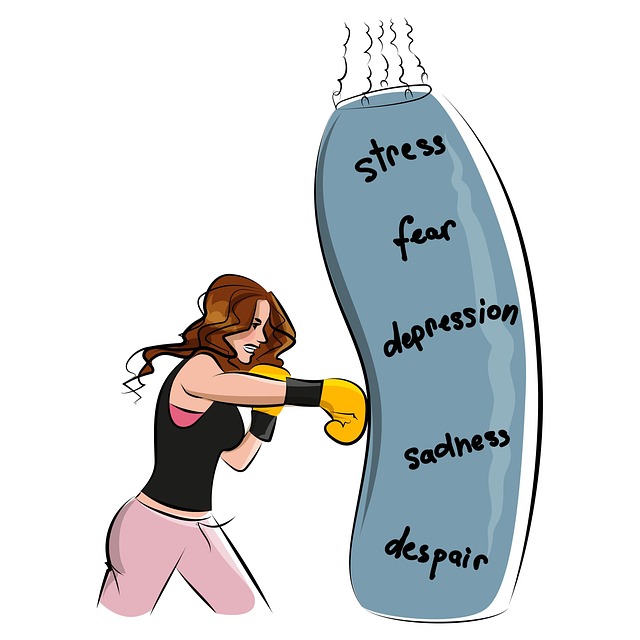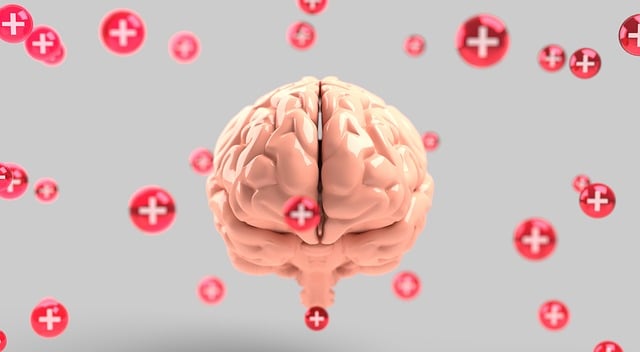Broomfield Chronic Pain Therapy focuses on understanding and addressing unique community needs through tailored outreach programs. By engaging residents, they identify cultural gaps in healthcare and develop strategies like stress management, peer support, and educational workshops to build resilience and improve mental health. Their multi-faceted promotional approach ensures accessibility, while measuring program impact through data-driven assessments allows for continuous improvement and better well-being for Broomfield residents.
Broomfield’s community outreach programs play a pivotal role in enhancing access to essential services, particularly for chronic pain management. This article delves into the strategic implementation of such initiatives, focusing on identifying unmet needs within the local population. We explore effective design principles for outreach programs tailored to Broomfield Chronic Pain Therapy services. Additionally, we discuss building community trust and engaging diverse groups while measuring the lasting impact to ensure the sustainability of these initiatives.
- Understanding Community Needs: Identifying Gaps in Broomfield Chronic Pain Therapy Services
- Designing Effective Outreach Programs: Strategies for Success in Chronic Pain Management
- Implementing and Promoting Community Engagement: Building Trust and Accessing Target Groups
- Measuring Impact and Sustaining Initiatives: Evaluating the Long-term Benefits of Community Outreach in Broomfield
Understanding Community Needs: Identifying Gaps in Broomfield Chronic Pain Therapy Services

Understanding Community Needs is a pivotal step in implementing effective Broomfield Chronic Pain Therapy services. By engaging with the community, healthcare providers can identify gaps and unmet demands within local health systems. This process involves listening to residents’ experiences, especially those living with chronic pain, to grasp the unique challenges they face. Such insights are crucial for tailoring therapy programs that resonate with cultural nuances and address specific pain management needs.
One area of focus could be enhancing Communication Strategies to foster a supportive environment. Encouraging Positive Thinking and Resilience Building techniques can empower individuals to cope better with chronic pain. Recognizing these gaps and implementing targeted interventions will ensure that Broomfield Chronic Pain Therapy services become more inclusive, accessible, and tailored to the diverse needs of the community they serve.
Designing Effective Outreach Programs: Strategies for Success in Chronic Pain Management

Designing effective outreach programs is paramount in chronic pain management, aiming to educate and engage communities affected by persistent pain. Broomfield Chronic Pain Therapy recognizes that each community has unique needs, thus, tailored strategies are essential for success. One key strategy involves fostering resilience building through supportive networks and self-care routine development for better mental health. By promoting active participation in stress management techniques, these programs empower individuals to take control of their well-being.
Community engagement should also focus on addressing barriers to care, such as accessibility and stigma. Through educational workshops, peer support groups, and accessible resources, outreach programs can dispel myths surrounding chronic pain, encouraging early intervention and continuous treatment. Incorporating evidence-based practices ensures that participants gain practical tools for managing their symptoms effectively, enhancing their overall quality of life.
Implementing and Promoting Community Engagement: Building Trust and Accessing Target Groups

Implementing community outreach programs requires a strategic approach to foster engagement and build trust with diverse populations. At Broomfield Chronic Pain Therapy, we understand that reaching target groups effectively involves tailoring our services to meet their unique needs. By designing Mental Health Education Programs that focus on areas like anxiety relief and self-awareness exercises, we can engage individuals in meaningful ways.
Promoting these programs within the community necessitates a multi-faceted strategy. Utilizing local partnerships, social media campaigns, and direct communication ensures that our initiatives reach those most impacted. Building trust is paramount; transparency about our services and their benefits encourages participation. This approach not only enhances access to mental health resources but also fosters a sense of community connection, ultimately improving overall well-being.
Measuring Impact and Sustaining Initiatives: Evaluating the Long-term Benefits of Community Outreach in Broomfield

Measuring the impact of community outreach initiatives is essential to understanding their long-term benefits and ensuring sustainability. In Broomfield, organizations like the Chronic Pain Therapy center have implemented various programs aimed at improving the well-being of residents. These initiatives include Stress Management Workshops that teach emotional intelligence and effective stress reduction methods. By evaluating the success of these workshops, the center can gauge the positive effects on participants’ mental health and overall quality of life.
Regular assessments and feedback from participants allow for continuous improvement and adaptation of the outreach programs. This data-driven approach ensures that resources are allocated effectively, catering to the evolving needs of the Broomfield community. Moreover, recognizing the long-term benefits, such as reduced healthcare costs and improved community resilience, can foster sustained support for these initiatives, ultimately enhancing the overall well-being of residents in Broomfield.
Community outreach programs offer a powerful approach to enhancing access to Broomfield Chronic Pain Therapy services. By understanding local needs, designing targeted initiatives, and fostering trust, these programs can significantly impact chronic pain management in the Broomfield community. Continuous evaluation and adaptation ensure their long-term sustainability, ultimately improving the overall well-being of residents suffering from chronic pain.














